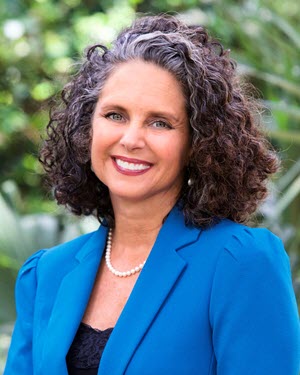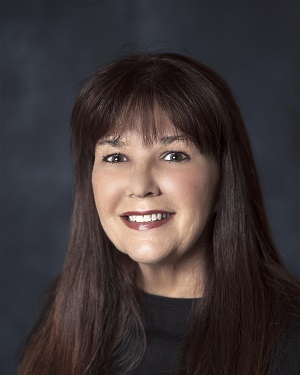by Gary Cooper
The brand new governing board of the South Florida Water Management District (SFWMD) is revisiting the mission of the agency that spans 16 counties with a huge network of canals, pumps, levees and structures. Agricultural interests are concerned that this new board will adopt a mission that places the environment ahead of water supply and flood protection. Meanwhile, farm interests are working to plug in some important ag facts they are finding being left out of the new SFWMD conversation thus far.

Florida Farm Bureau
At the April SFWMD governing board meeting last week, Florida Farm Bureau Assistant Director of Government and Community Affairs Gary Ritter eloquently said what many throughout the state’s agriculture community are thinking. He explained why agriculture folks feel seriously slighted that for the first time in history there is no agriculture representation on the SFWMD governing board.
Outlining examples and sharing some striking personal recollections from growing up in the area, Ritter referenced a lack of exposure to or understanding of environmental stewardship efforts farmers in the 16-county region have been implementing for many years, as unprecedented urban growth has taken place around them. He also invited the governing board on farm tours to help with their research and education efforts to learn ag issues.
Farmers hope Gov. DeSantis will appoint someone with an agricultural background and understanding to the final governing board position that remains open. That pending appointment will represent Glades, Highlands, Okeechobee, Orange, Osceola and Polk counties. New Executive Director Drew Bartlett said the June governing board meeting is set to be held in Okeechobee. He expects the position appointment to be made by then.

Further indicating a new regime at the state’s largest water management district, the governing board heard lengthy discussions at the April workshop and meeting about the history of the Central and South Florida Flood Control project, the formation of the SFWMD and an in-depth review of Lake Okeechobee management. The Army Corps of Engineers outlined its plan to draw down the lake lower than normal during the current dry season. This action was applauded by the new board despite what many believe is a risk of creating a water shortage if the summer rainy season doesn’t materialize.
Jacqui Thurlow-Lippisch of Sewall’s Point, the board member representing Martin and St. Lucie counties, said that keeping the lake high and the subsequent discharges create “a health and safety issue for people along the St. Lucie River from the algae blooms. That’s why there’s a whole new group of us sitting up here today … There has to be a new conversation; it’s not just about water supply anymore.”

Nobody wants to cut water supply, added board member Cheryl Meads,, “but money versus health is a whole different conversation. … I’m going to put the health of people in communities we’re responsible for first. I couldn’t sleep at night if I didn’t.”
The Army Corps of Engineers is implementing deviations from the Lake regulation schedule to draw down the Lake to 10 to 11 feet, lower than the usual 12.5 feet. The Corps explained that this is being done in hopes of preventing massive discharges to the coastal estuaries this summer and to allow sunlight to penetrate for the regrowth of grass-beds following the devastation caused by Hurricane Irma.
“When you take the lake low at the end of the dry season, and Mother Nature throws a drought your way, you’ve got to live with it,” said Tom MacVicar, president of MacVicar Consulting, a water management firm that works with the agriculture industry in the Lake Okeechobee and Everglades watersheds.
Not only farmers suffer, MacVicar added, it puts the entire Lower East Coast wellfields at risk since Palm Beach, Broward and Dade counties rely on the lake as a back-up water supply. Residents in Okeechobee County rely directly on the lake for their water supply, creating additional angst among the agricultural communities.
Palm Beach and Dade are the state’s top two agricultural counties. They generate hundreds of millions of dollars in economic activity.
Share this Post










